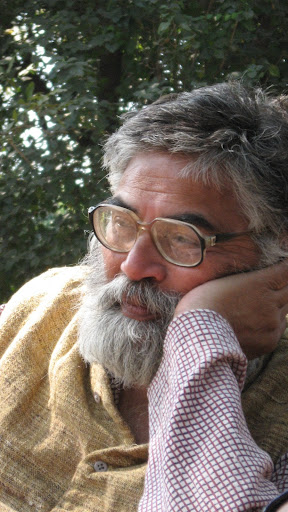- Surendra Gadekar
At a time when the whole world has been shocked by the multiple and continuing tragedies that have befallen Japan and most people completely shit scared by the daily news of new nuclear catastrophes, various functionaries in the nuclear establishment in India are outdoing each other in a race issuing reassuringly outrageous statements.
What would you make of this: Regarding the French EPR reactors which are proposed for Jaitapur plant in Ratnagiri district, Banerjee and Jain said the design of EPR was based on the design experience of 58 reactors running in Europe, and when the Indian EPR will come up it would have seen the experience of five such similar plants in Finland, France, China and UK.
Reading the above, would you guess that not a single EPR reactor has yet been built let alone operating anywhere in the world. Reactors under construction in Finland and in France itself are years over schedule and way over budget. Even if all these reactors in all these countries did start operating before Jaitapur reactors were completed, how would their experience help in design modification of Jaitapur reactors which these very officials assure us, are planned for early construction. The 58 reactors whose running experience is supposed to reassure us, are all of different design.
 |
| The ostrich brigade |
But Mr Jain is not finished yet. He joins Dr Bannerjee in saying that In the case of Japanese nuclear plants it was the station blackout which was the root cause and such a thing will not happen in the existing as well as future Indian reactors.” Just to remind ourselves, on the night of March 31st, 1993, there was a devastating fire that started in the turbine room of the reactors at Narora Atomic Power Station, at 3.31AM and continued to rage uncontrolled for over two hours causing extensive damage to the generator and power supply cables. Unlike the reactors at Fukushima that shut down automatically when their sensors detected the massive earthquake, the reactors had to be shut-down manually by brave station staff. During most of this time, the control room of the reactor was filled with smoke and the emergency control room – a special 'safety' feature at Narora – was rendered useless in the absence of emergency power supply. The second reactor unit at Narora had been shut down for several months after a generator identical to that in unit-1 was reportedly damaged on account of overheating. The most serious aspect of this fire was complete loss of station power for a period of 17 hours and the fact that none of the three emergency diesel generators were able to work, since the cables connecting them had also burned down in the fire. However, Mr Jain and Dr Bannerjee knowing all about the future are technically correct in their statement, since they say that a station blackout will not happen in Indian reactors.
But some of the statements they have now come up with are in a category all their own worthy of international awards. So we have Mr S.K.Jain, saying, “There is no nuclear accident or incident in Japan's Fukushima plants. It is a well planned emergency preparedness programme which the nuclear operators of the Tokyo Electric Power Company are carrying out to contain the residual heat after the plants had an automatic shut-down following a major earthquake.”
Not to be left behind, his boss, Chairman of Atomic Energy Commission, Dr Srikumar Banerjee D.Sc. (Honoris Causa, Dhanbad School of Mines) helpfully added, “Once the plant shuts down after an emergency situation automatically, the fission reaction stops and it is only the residual heat.
..................................
 Surendra Gadekar
Surendra Gadekar
A well-known Indian anti-nuclear activist and physicist, Gadekar lives in the remote tribal village of Vedchhi near the Kakrapar atomic power plant in the western Indian state of Gujarat. There, with his wife, a physician, he runs a Gandhian school for young activists and monitors the Indian nuclear industry, conducting surveys of power plants, uranium mines, and nuclear-testing facilities to determine the effect on the public's health. In 1987, he founded Anumukti, a journal devoted to establishing a non-nuclear India..



Said
Smaller accidents had occurred in Japan which is second to none in operational discipline. India is at the other end of the spectrum in this regard. Indian nuclear facilities have seen accidents. How can anyone assert that what happened in Japan will not happen in India?
The fact that a nuclear power plant is not safe in passive condition is deliberately concealed. It needs an active cooling system even when shutdown. Therefore when there is a breakdown of infrastructure, it is inherently unsafe.
Clearly, the priority of the nuclear establishment is to safeguard itself, not the Indian public. Hence this ostrich like behaviour.